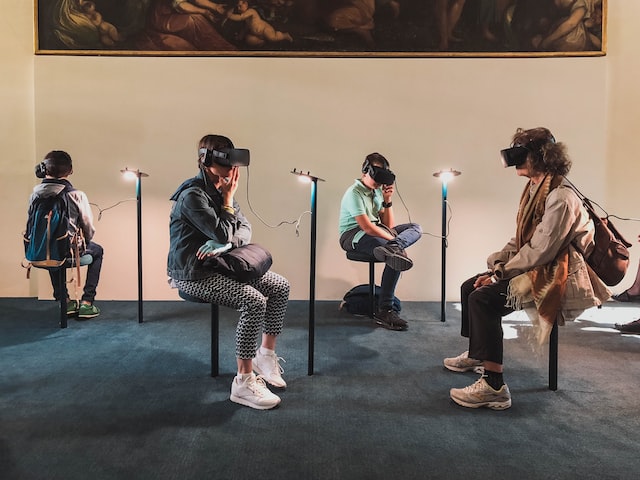Empowering Teams Across Borders

GUEST POST from Art Inteligencia
In today’s globalized world, innovation projects often involve teams spread across different geographical locations. With the rising adoption of remote work and virtual collaboration, organizations must leverage collaborative tools to foster effective communication, idea exchange, and project management. This article explores the significance of such tools and presents two case studies that showcase how virtual teams can drive successful innovation projects.
Case Study 1: Enhancing Agile Development through Remote Collaboration
Scenario:
A multinational technology company aimed to develop a game-changing software product using Agile development principles. The team consisted of developers, designers, and product managers located in three different countries.
Collaborative Tools Utilized:
- Project Management Software: To facilitate real-time task tracking, resource allocation, and project timeline management, the team implemented an advanced project management tool. It offered features like Kanban boards, sprint planning, and progress visualization, ensuring everyone was on the same page throughout the development process.
- Video Conferencing: Regular video conferences enabled face-to-face interactions, fostering a sense of camaraderie and encouraging the team to collaboratively brainstorm solutions, overcome challenges, and prioritize tasks.
Outcomes:
- Enhanced Productivity: By adopting collaborative tools, the team reported improved clarity, accountability, and collaboration, resulting in increased productivity levels compared to traditional in-person projects.
- Transparent Communication: The shared workspace within the project management tool served as a single source of truth, allowing team members to access relevant information and communicate effectively. This transparency reduced misunderstandings and streamlined decision-making processes.
- Remote Collaboration Success: Despite geographical barriers, the team successfully launched the software product within the desired timeframe, meeting quality metrics and exceeding user expectations.
Case Study 2: Crowdsourcing Innovation in the Pharmaceutical Industry
Scenario:
A leading pharmaceutical company aimed to drive innovation by involving employees from various departments, including research and development, sales and marketing, and operations, located across multiple continents.
Collaborative Tools Utilized:
- Idea Management Platform: The company leveraged a digital platform that allowed employees to share, discuss, and refine ideas. It provided features such as idea submission, commenting, and voting, enabling a transparent and inclusive innovation workflow.
- Virtual Collaboration Spaces: To encourage cross-functional collaborations, the company created virtual collaboration spaces where employees from different departments could contribute their expertise and perspectives. This facilitated the generation of well-rounded and diverse ideas.
Outcomes:
- Enhanced Employee Engagement: By providing a platform for employees to contribute their innovative ideas, the company witnessed a significant boost in employee engagement. This positive impact on morale led to increased job satisfaction and retention rates.
- Accelerated Innovation: The crowdsourcing approach led to a higher volume of diverse ideas, which eventually led to breakthrough innovations in various areas, such as drug formulation, manufacturing processes, and customer engagement strategies.
- Global Knowledge Sharing: The virtual collaboration spaces enabled the exchange of knowledge and best practices across geographical boundaries. This cross-pollination of ideas resulted in accelerated learning and improved outcomes throughout the organization.
Conclusion
Collaborative tools play a crucial role in enabling virtual innovation projects by breaking down geographical barriers, fostering effective communication, and maximizing team collaboration. The case studies presented in this article demonstrate that organizations across industries can leverage such tools to enhance productivity, drive innovation, and achieve success in an increasingly virtual world. By embracing these tools, companies can harness the power of collective intelligence, fuel creativity, and unlock the potential of their global workforce.
Bottom line: Futurology is not fortune telling. Futurists use a scientific approach to create their deliverables, but a methodology and tools like those in FutureHacking™ can empower anyone to engage in futurology themselves.
Image credit: Unsplash
![]() Sign up here to get Human-Centered Change & Innovation Weekly delivered to your inbox every week.
Sign up here to get Human-Centered Change & Innovation Weekly delivered to your inbox every week.